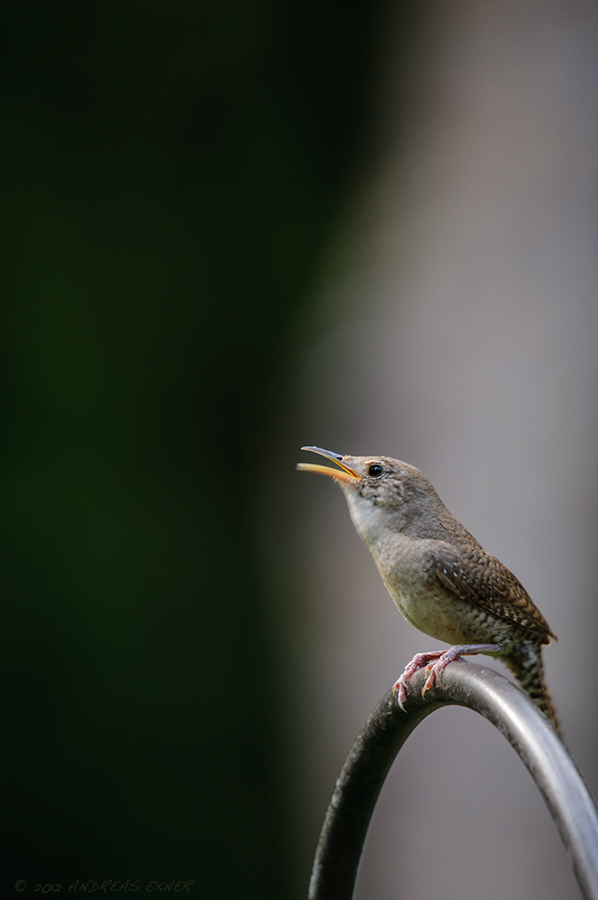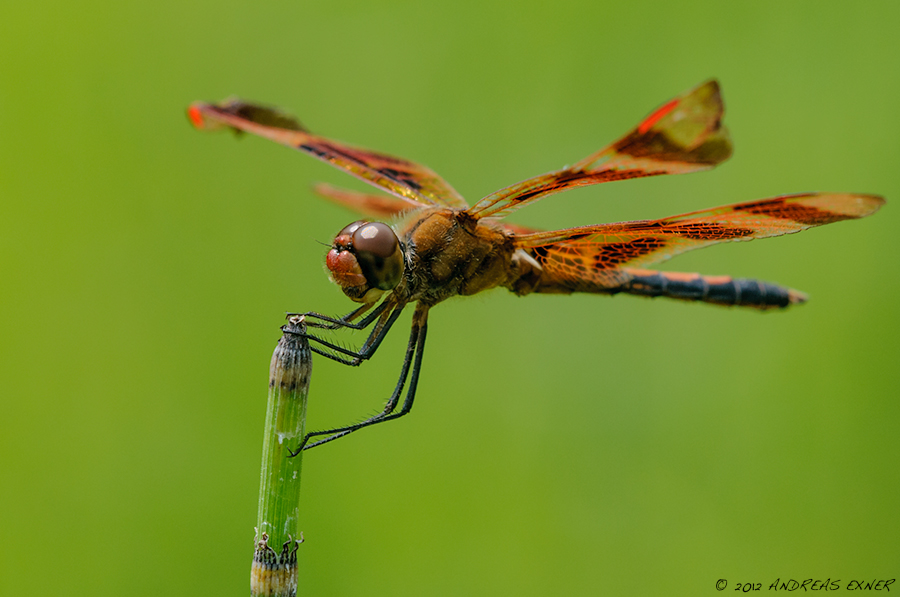Rocky Mountain National Park is known for being a good location to see Rocky Mountain Elk, also called Wapiti. The rut was in full swing and we had many opportunities to see the male elks wrangle for control over the harem and fight for the right to mate with the females. For me there is no better sound in the world than the one from a bugling bull elk. We even had two nights at Timber Creek on the Westside of the mountains with the herd in the campground, spending the night between tents and RV's or nearby. I can tell you, it can keep you awake but didn't bother me a bit.
The elks I can show you here belonged to a group of seven bull elk, resting and grazing during the day at Milner Pass, just slightly below the alpine tundra. They obviously didn't "own" the harem yet, some were probably still too young to challenge the big bull that claimed control over the herd. Most of the time the elks had their heads down eating grass. The challenge was to catch moments of an interesting pose or at least when they stopped chewing for a moment so that the faces didn't get all blurred. I hope you enjoy!













